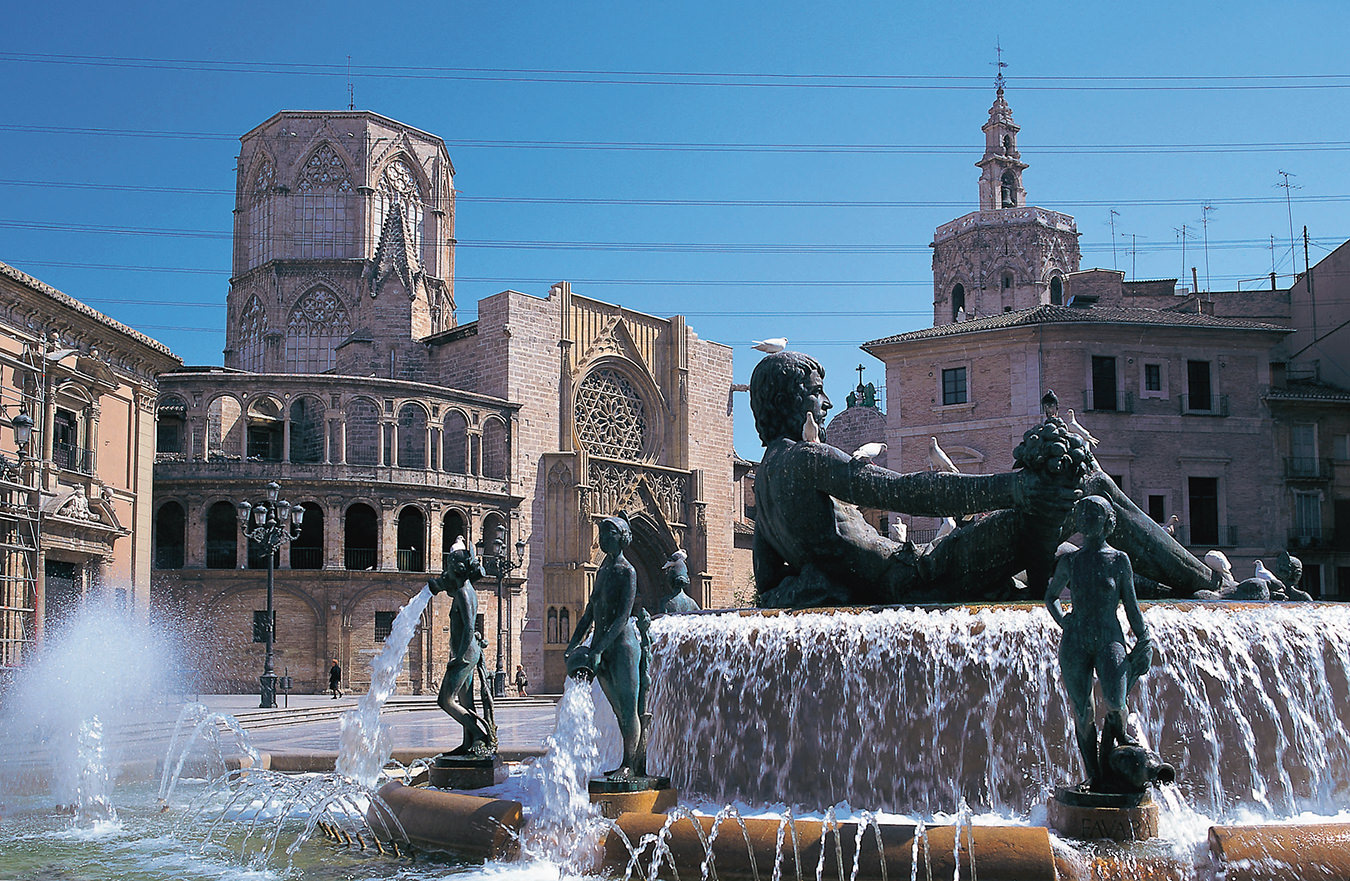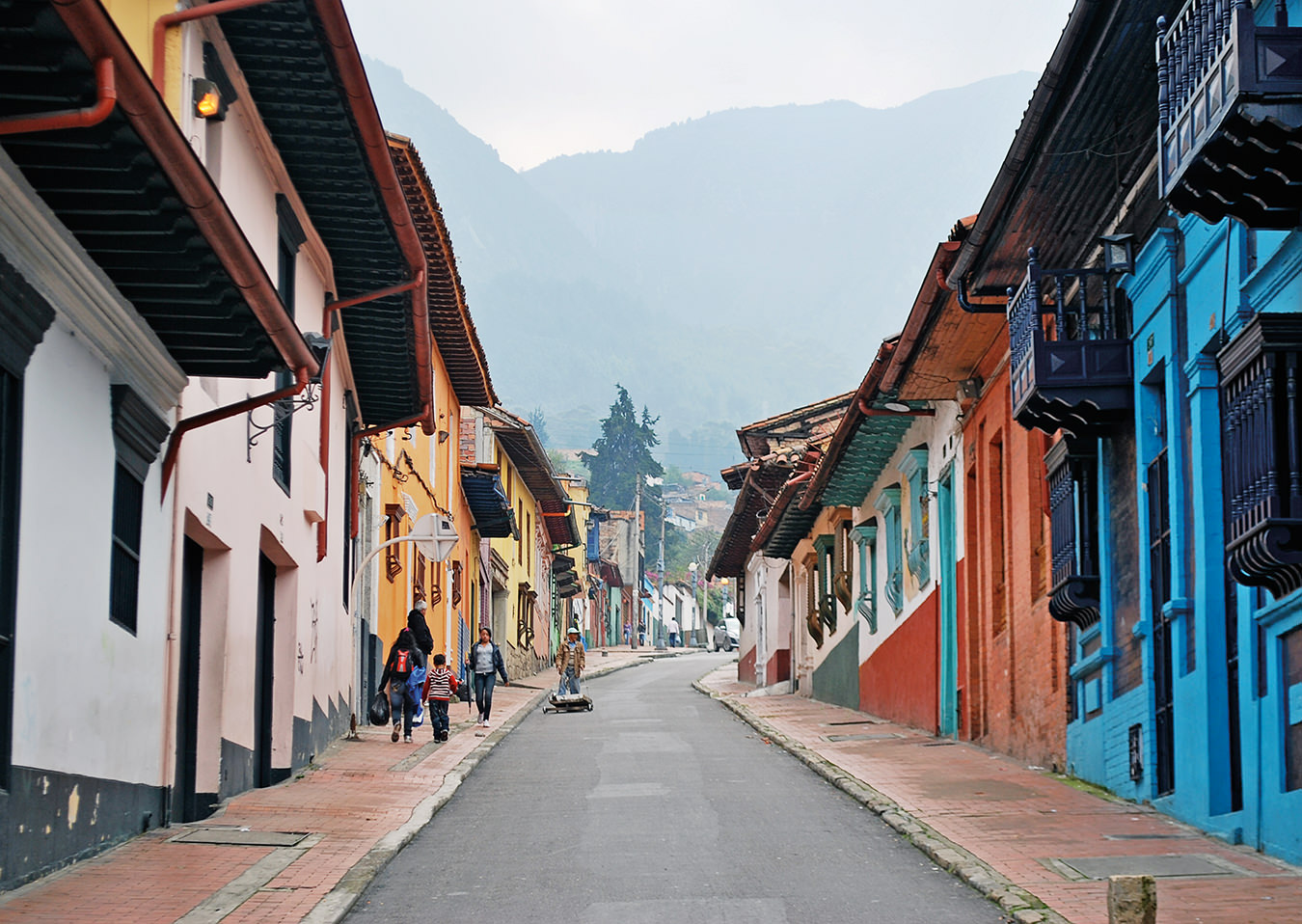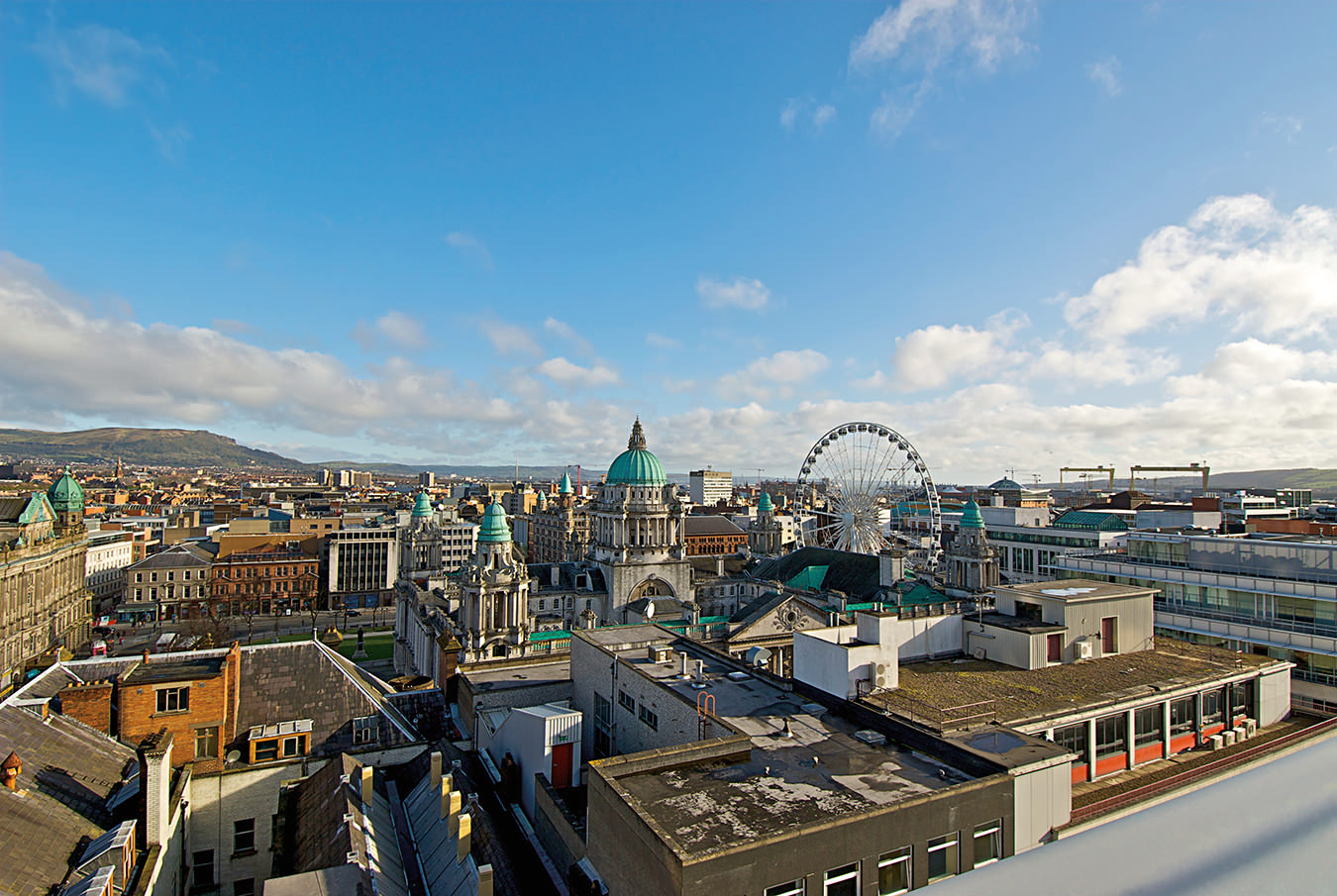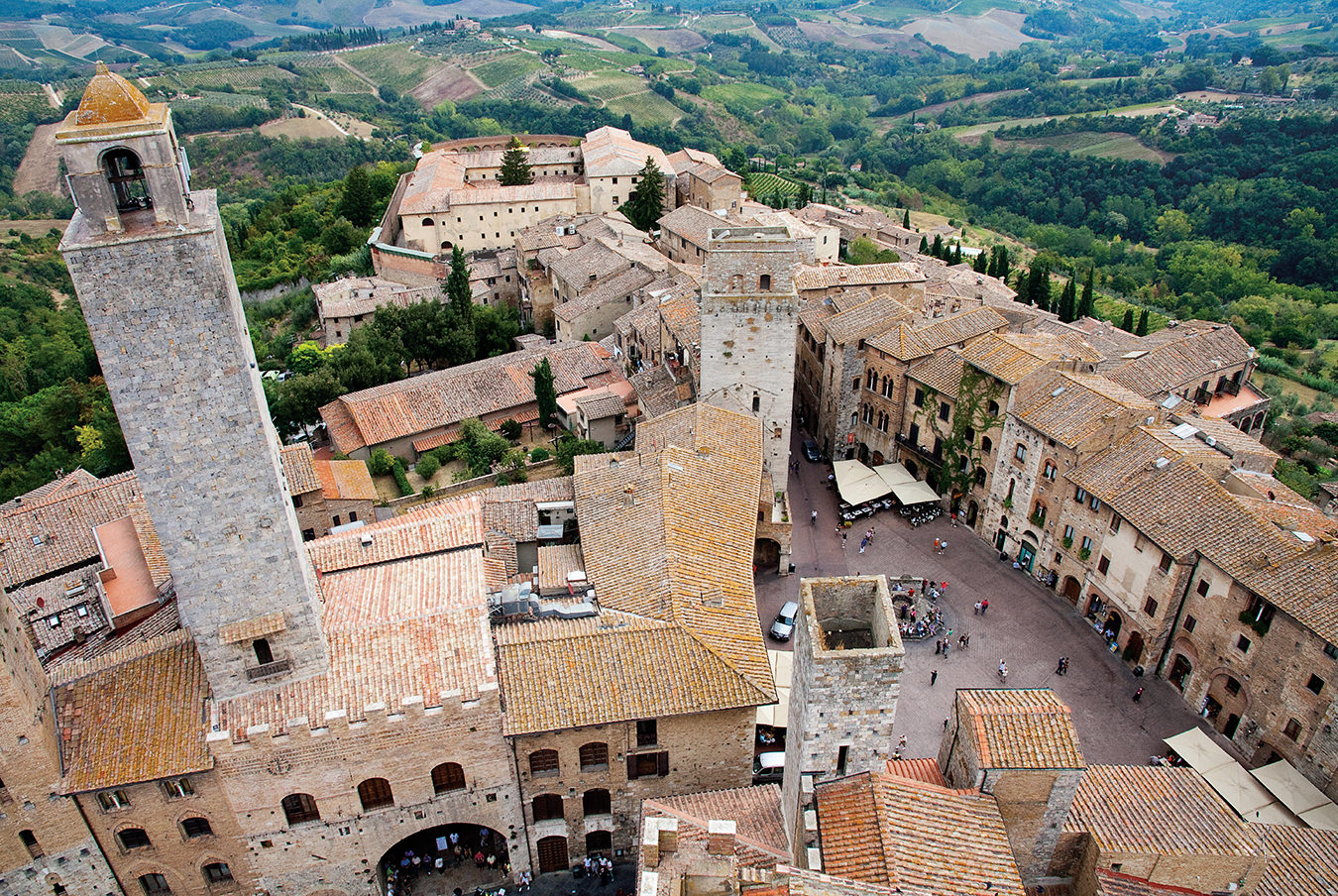Klahoose Wilderness Resort’s First Nation Influence and Regenerative Tourism on Desolation Sound
The beauty of arrival.
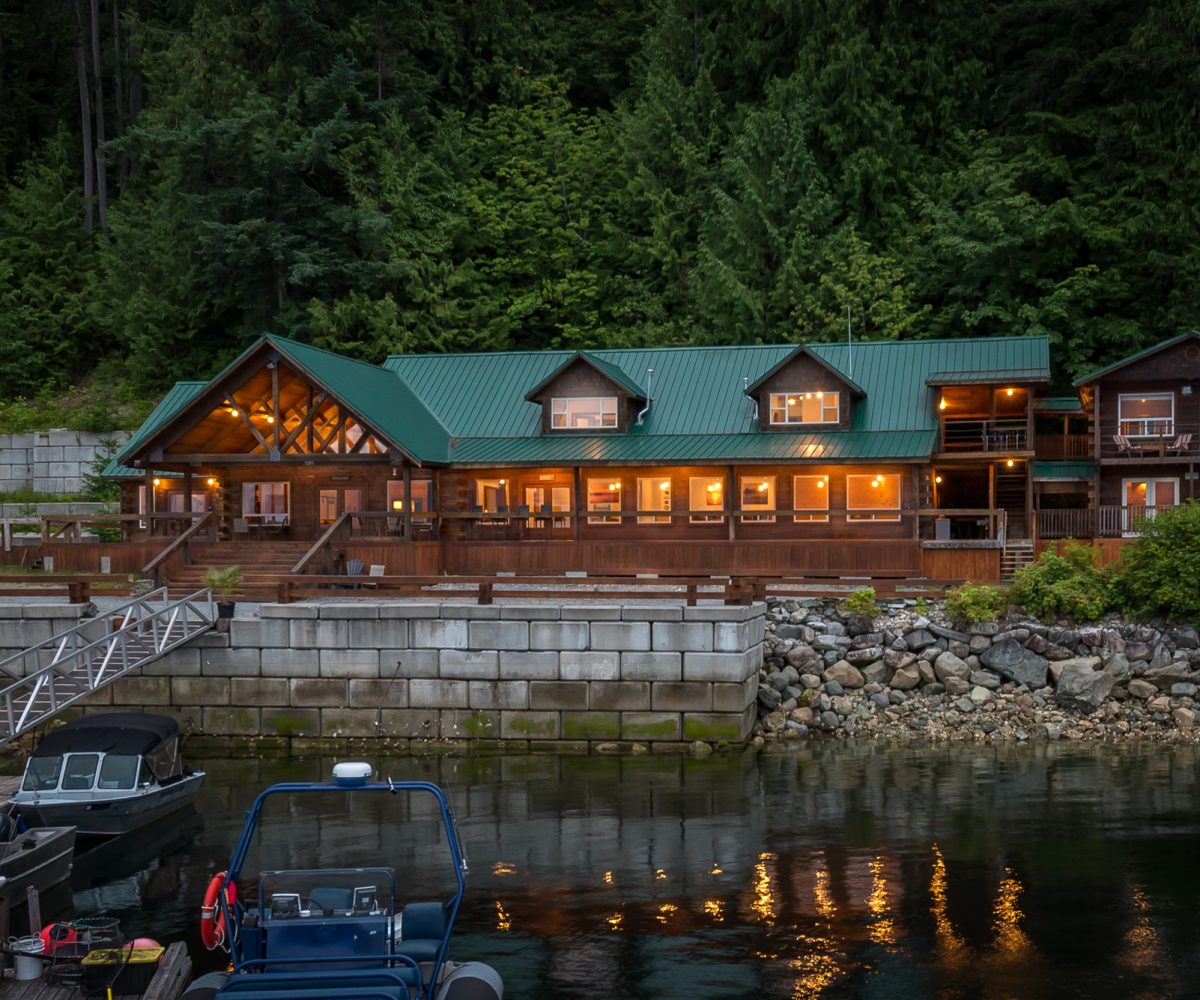
“They would take their paddles out of the water, and they put them up and then kind of cruise in and wait for an elder of the house or the speaker of the family to come out and greet them,” says Klemkwateki, storyteller and cultural liaison to Klahoose Wilderness Resort on B.C’s remote Desolation Sound. Klemkwateki, from Cortes Island–based Klahoose First Nation, speaks to me in a steady rhythm, his hands feeling the soft wood of the small paddles he carves for guests as he recalls the stories of his ancestors travelling the intricate system of coastal passages and channels. He speaks of great canoe journeys where people travelled long distances, singing, to trade and visit friends and family.
“The person on the canoe has a speaker on their behalf,” he continues, “letting them know that ‘we’re coming here; we travelled a long ways; we’re tired; we’re hungry. We want to stay ashore, share songs, and dance with you tonight.’”
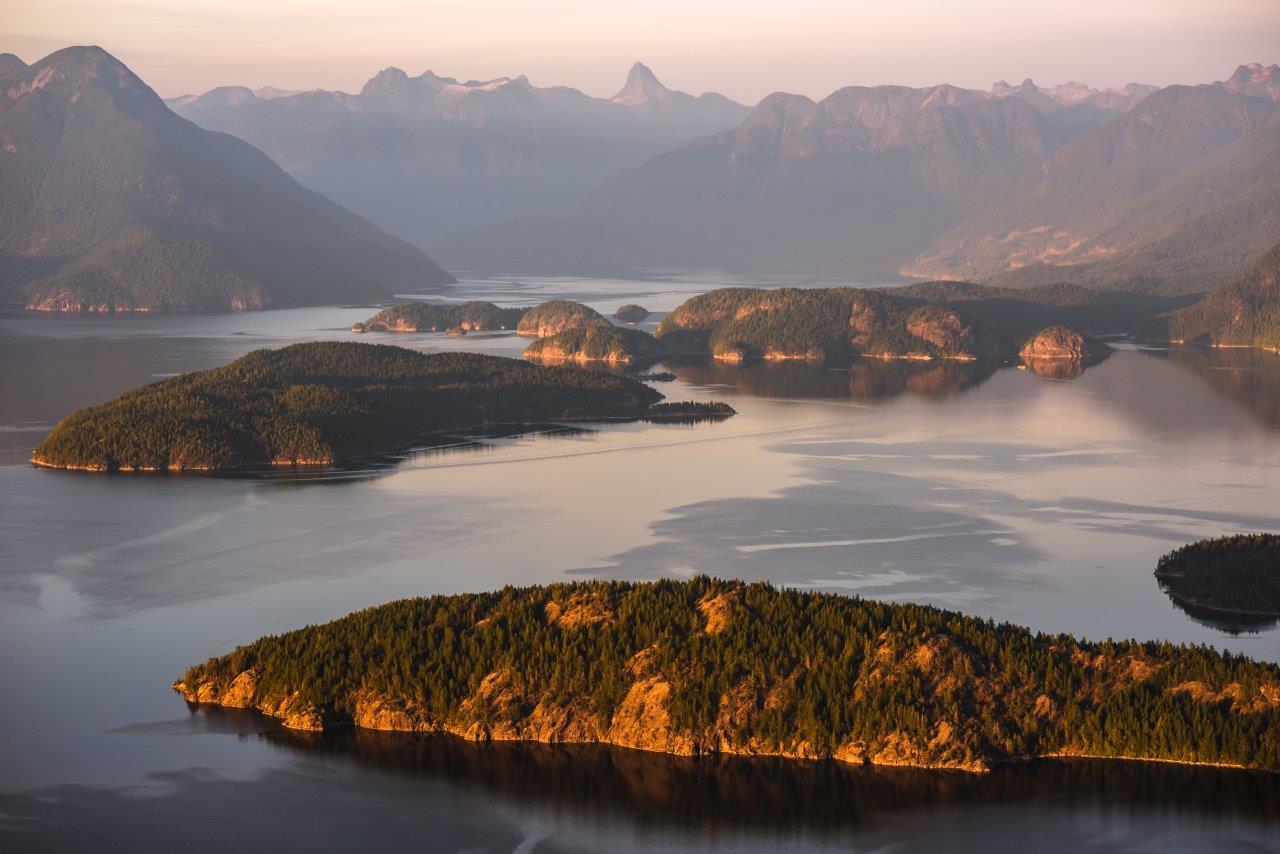
Desolation Sound. Credit: Andrew Strain.

A scenic view from a room above the main lodge.
When I arrive, I receive such a welcome. However, I arrive not by canoe but in a DHC-2 Beaver seaplane that howls across the sky and then floats down into the mountainous Homfray Channel. I later learn it is the second-deepest sounding in North America, and it supplies the resort with prawns and fish.
Though others drive up the Sunshine Coast to then be picked up by one of the property’s trusty boats, this flight is the quickest and most exhilarating way to reach Klahoose Wilderness Resort. As we cruise, the engine is deafening, and below stretch archipelagos of green pine-covered spines rising from the sea. Soon, the pilot points and swings the plane around. I can see my destination—a few large, wooden structures with green roofs at the base of an unbelievably steep mountain. There is a dock but nothing else around as far as I can see, even from such a height.
I stumble through the small plane door onto the long, reclaimed-wood dock, where I first meet Klemkwateki and bear guide Cheyanne Hackett. She welcomes me with a greeting in the language of the Homalco First Nation, closely related to the Klahoose and the Tla’amin. As the sun glitters on the water, words I don’t understand convey a warmth that continues, spreads, and becomes more complex over my three-day stay at the resort.
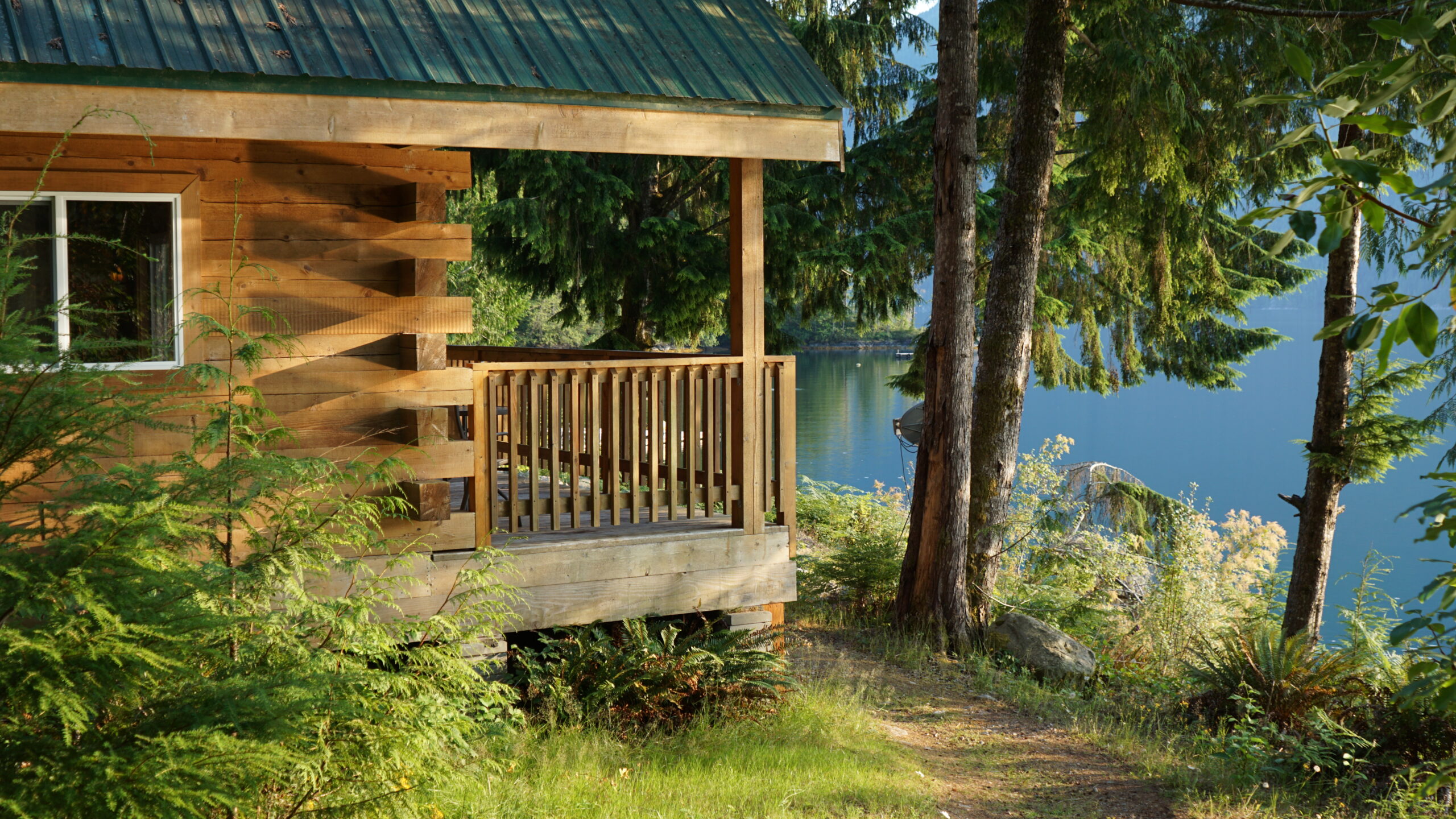
One of the standalone cabins at Klahoose Wilderness Resort.

One of the accommodations.
We walk as a group up to the beautiful log structures. There is a main lodge with a welcome centre, a lounge, an intimate dining room, and a wraparound patio where a British woman who lives on Cortes relaxes and smiles warmly. The resort prefers people come for set three- or four-day periods because of the remoteness, so groups’ stays often coincide. At first, I am hesitant, but as I spend more time with the small, diverse group, I realize it provides an opportunity for connection, something rare for adults these days. That this connection should be at Klahoose seems appropriate, as guests are allowed to relax and enjoy the immensity and beauty of the place but also to ask questions, listen to songs, and join the staff on boat rides and bear tours. Guests can enjoy a restorative morning paddleboarding, relaxing, or enjoying dishes by the in-house chef; other mornings they can rise early to board a boat north to Toba Inlet to see grizzly bears.
Bear tours are central to the experience at Klahoose, and many of the staff have been working on the tours for years. “Before purchasing the resort, we didn’t have a sustainable tourism business model,” says Bruno Pereira, the general manager of QXMC, the Klahoose First Nation’s economic development corporation, which owns the resort. “We only had our bear tours, and we were a subproduct of tour operators in Campbell River.” So the acquisition of a launch pad and resort for the nation was a perfect solution, and the venture has expanded with the addition of the popular Gorge Harbour Marina Resort on Cortes Island.

“Our people have lived alongside grizzly bears for thousands of years,” Hackett says. “We would always travel with them. Everything that the grizzly bears would eat, we would know that it was safe for us to eat, and the roots and everything, so we would just kind of follow behind the grizzly bears.” Guests are taken by van to various locations on First Nation land for a chance, under the guides’ watchful eye, to see one of the animals, who must be treated with respect—and caution. We go early in the season but still manage to spot a massive grizzly run across the road in front of us only to disappear into the thick rain forest.

Bear guide Cheyanne Hackett. Credit Michele Broadfoot.
Somehow, especially because of the deep context provided by the guides and the tight-knit relationships guests are encouraged to develop with one another, the tour feels more real, more experiential—even transformative. The activities, including helicopter trips for glacier kayaking, and the amenities at Klahoose make for a relaxing vacation, and the appealing remoteness leaves one well-rested. But the property represents something more. There is a cultural rejuvenation, a sense of connection. The acquisition of the property follows a more general revival of the Nation’s business and cultural output in the face of the ongoing effects of the residential schools.
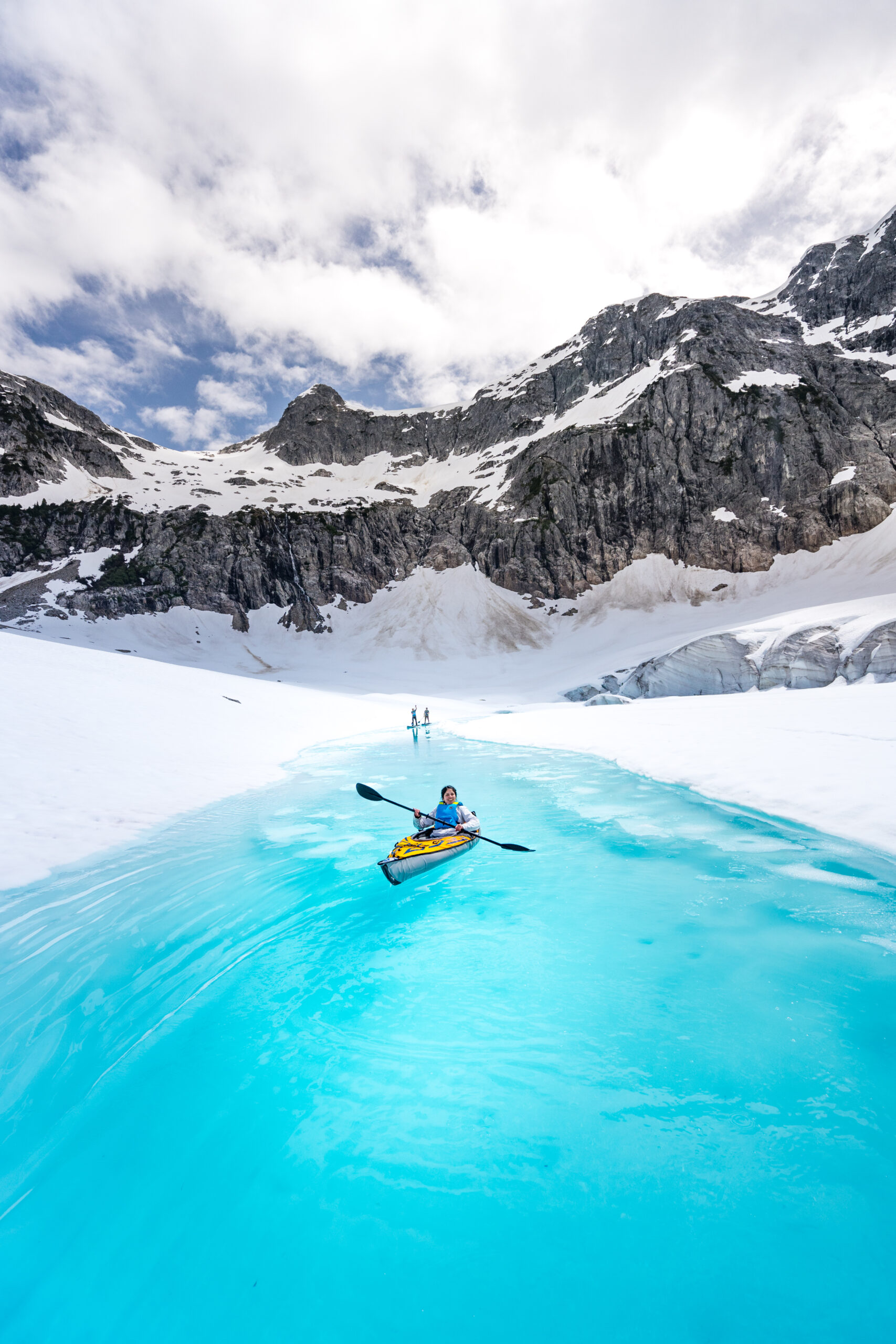
Activities for guests include helicopter trips for glacier kayaking. Photo by Tyler Cave (@tylermcave).

The settings for a group meal in the main lodge. Photo by Tom Parker.
“I kind of treat this place like it’s my longhouse,” Klemkwateki says as the sun starts to set, lighting up the channel in oranges and reds, a low-lying cloud disappearing behind the mountain across the water. As a sense of smallness unlike what I feel in the city flows over me, the dinner bell rings. With wine and smiles, we convene and tell stories old and freshly made in the communal dining hall. Small together, hugged by the mountains, we let friendship and good food wash our worries away.
Even after I’ve left, the feeling of Klahoose Wilderness Resort lingers, and Klemkwateki’s words and stories echo in my head. “Once [guests] come in, we’re watching and we’re protecting them and we’re entertaining them. The best way we can.”

